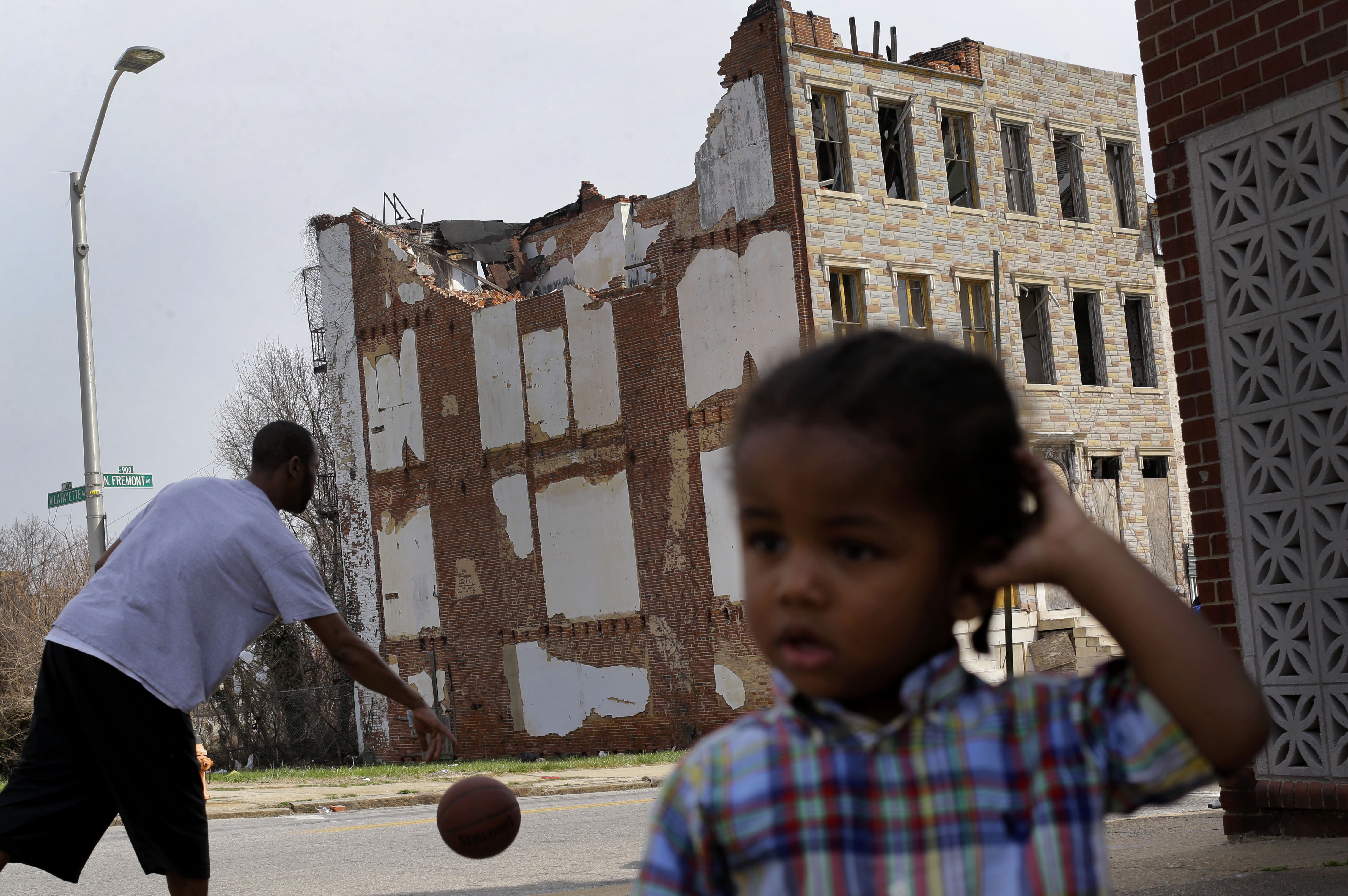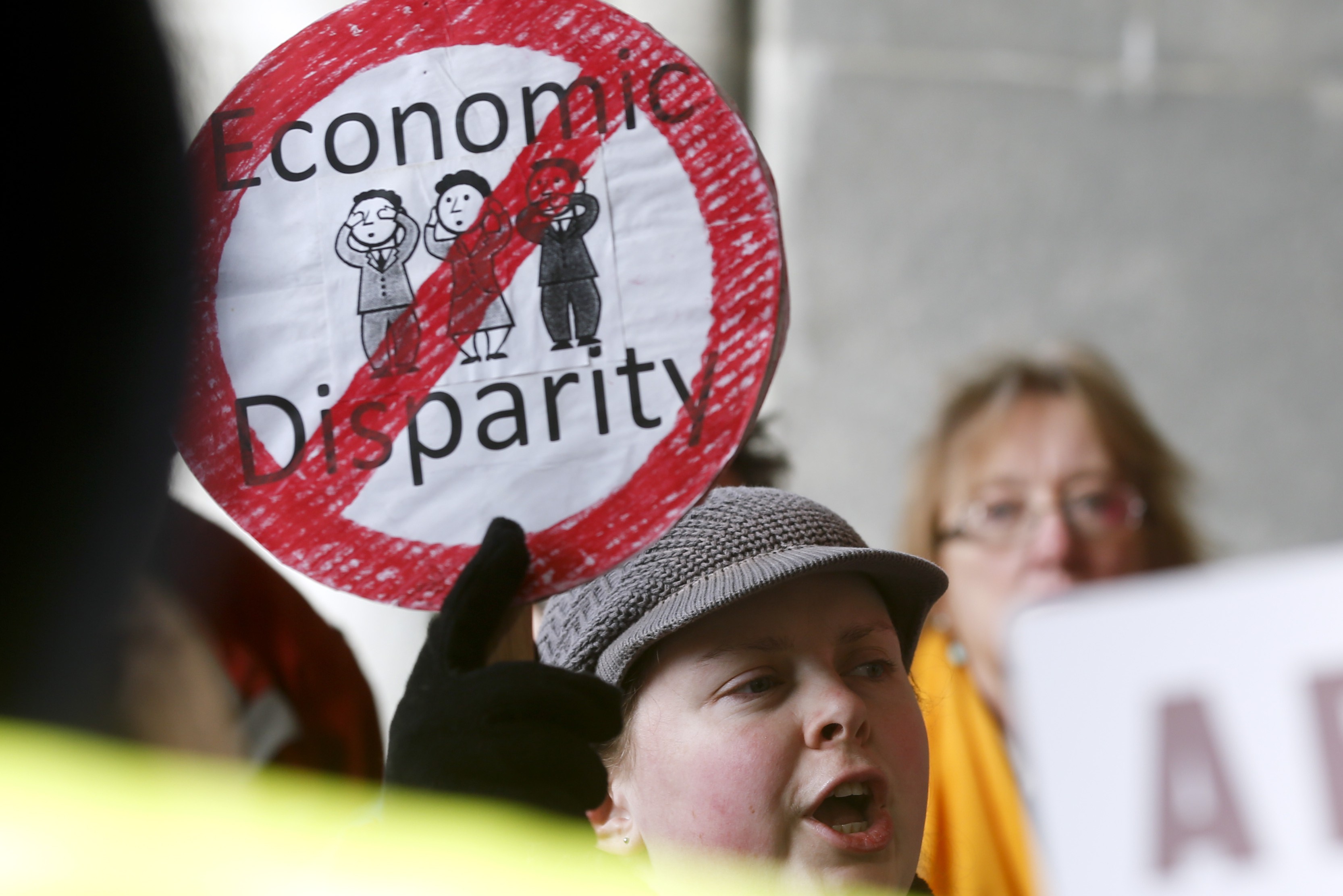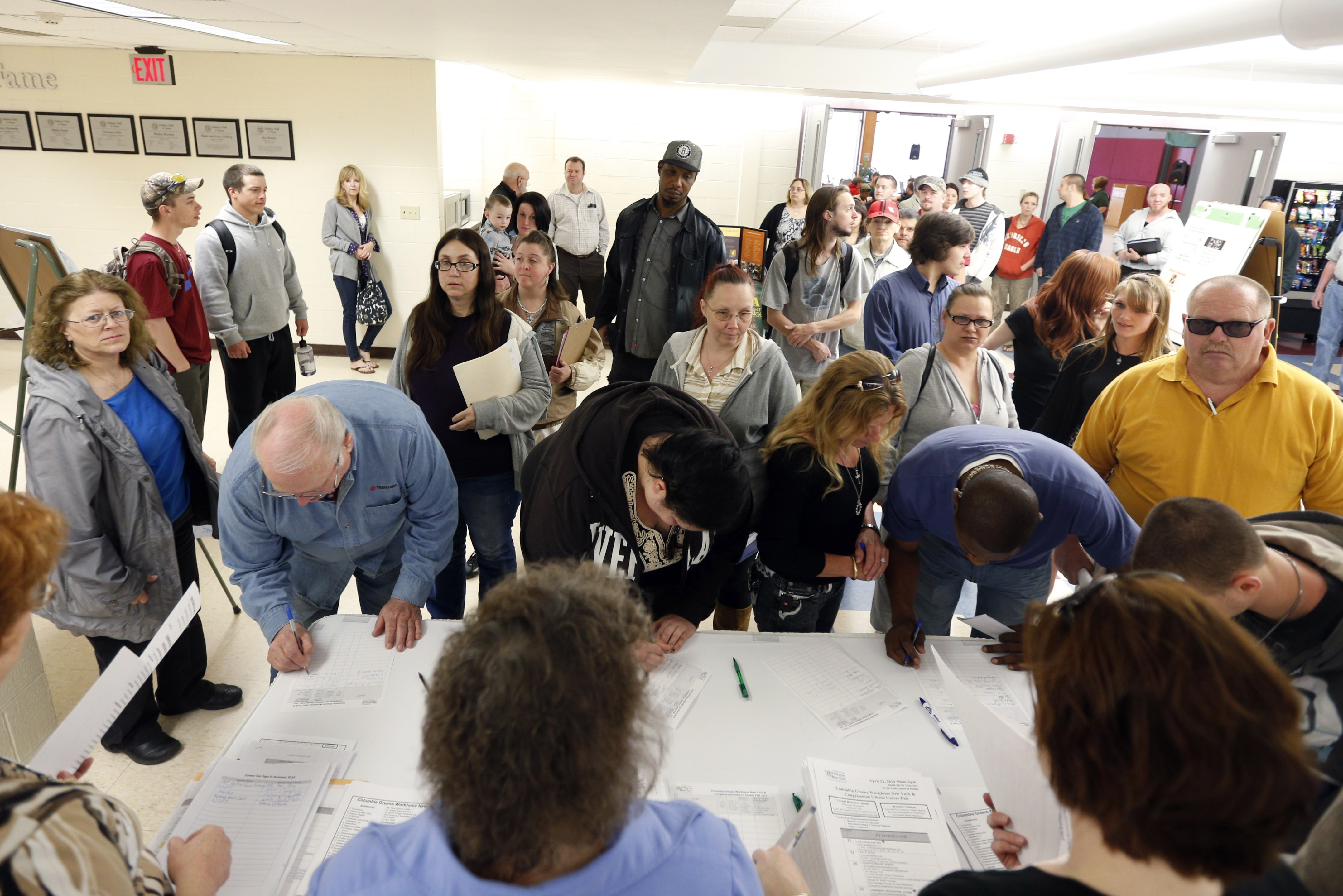Broad-based wage growth—if we can figure out how to achieve it—would dwarf the impact of nearly every other economic trend or policy in reducing poverty. Even in 2010, the bottom fifth of working age American households relied on wages for the majority (56%) of their income. When you add in all work-based income including wage-based tax credits, nearly 70% of income for low-income Americans is work-related. Yes, the targeted efforts to strengthen the safety net are well deserved. Programs such as food stamps (SNAP), unemployment insurance, and Social Security have helped reduce poverty over the last four decades. But market based poverty (or poverty measured using only income from wages) has been on the rise and the safety net has to work even harder to counterbalance the growing inequalities of the labor market.
There was once a strong statistical link between economic growth and poverty reduction, but rising inequality has severed it, and the results are deeply dispiriting. If the statistical link between economic growth and falling poverty that held before the mid-1970s had not been broken by rising inequality, then poverty, as the government measures it, would be virtually eradicated today. Furthermore, the impact of rising inequality is nearly five times more important in explaining poverty trends than family structure.
As the Economic Policy Institute has documented in our paper launching the Raise America’s Pay project, this rise in inequality is simply the flip side of nearly stagnant hourly wage growth for the vast majority of the American workforce in the three decades before the Great Recession. So how to reverse this wage-stagnation, especially for low-wage workers? Below is a list of proposals, all linked in their attempt to rebuild institutions that provide bargaining power to workers who have had it taken from them in recent decades.
The minimum wage is currently more than 25% below its real value in the late 1960s. The Congressional Budget Office (CBO) reports that the Harkin-Miller bill to raise the minimum wage to $10.10 would cumulatively boost incomes of people below the federal poverty line by $5 billion. And this is probably too conservative; other academic research finds that the same bill would lift more than 4 million people out of poverty. Among those who would see a raise from the Harkin-Miller bill, 55% are women and 25% are women of color. Nearly one-in-five kids would see at least one parent get a raise.
Another key policy priority should be efforts to level the playing field for workers to organize and form unions. The decline in unionization over the last several decades has led to increases in wage inequality and a loss of bargaining power for workers. And this bargaining power loss is not confined to union members themselves—unions often set wage-standards for entire sectors. Importantly, the decline in unionization is not a natural, inevitable phenomenon or a result of workers no longer wanting unions. It is the result of a policy decision to allow growing employer aggressiveness to tilt the playing field against organizing drives.
This policy choice is clear when one looks at the evidence. First, unionization has held up much better in the public sector where employers have less ability to fight organizing drives. Second, in 2007, the share of non-union workers who said they wanted to be represented by a union or similar organization reached an all-time high at over 50%. There is a growing wedge between the desire to organize and bargain collectively and workers’ ability to do so. And, third, even the most obvious form of employer aggressiveness—the firing of workers who are trying to organize—has risen sharply in recent decades, according to the National Labor Relations Board.
The fact is that the decline of unions can explain approximately one-third of the growth of wage inequality among men and approximately one-fifth among women since the 1970s. This rising wage inequality is the key driver behind stagnant wages for workers at the bottom. When low-wage workers have been able to organize, unionization is associated with higher wages and benefits for many, including: food preparation workers, cashiers, cafeteria workers, child-care workers, cooks, housekeepers, and home-care aides.
Reducing wage theft is also particularly important to low-wage workers. Wage theft occurs when employers withhold wages that are owed to a worker, for example by requiring workers to work off the clock or refusing to pay overtime. There is widespread evidence of these practices and more—from tipped workers not being paid their wages to Apple store employees being forced to stand in line after their shift while their bags are checked for merchandise. In nearly 9,000 investigations of the restaurant industry, the wage and hour division of the Department of Labor found that 83.8% of the shops investigated had wage and hour violations —underscoring the enforcement problems.
Millions of low- and moderate-wage workers have also seen slow wage growth because they are working overtime and not getting paid for it. This is because the real value of the salary threshold under which all salaried workers, regardless of their work duties, are covered by overtime provisions has been allowed to erode dramatically. Simply adjusting the threshold for inflation since 1975 would raise it to $984 per week (or $51,000 on an annual basis), from its current level of $455 ($24,000 annually). This simple adjustment would guarantee millions of additional workers time-and-a-half pay when they work more than 40 hours in a week.
Other labor market policies and practices, which, if changed, would increase the wages of low- and moderate-wage workers, include: the misclassification of employees, such as construction workers who are deemed independent contractors so that the employer doesn’t have to pay for workers’ compensation. Just-in-time scheduling occurs when employers schedule workers erratically and sporadically, and denies workers any regularity in their schedule or pay. Think about how difficult that is for working parents who need to support their families and also find child care, or for workers who need a second job to make ends meet. Finally, paid sick time, paid family medical leave, and flexible work hours, all would support workers and their families.
The social safety net remains crucial for low-income working families in this country and also needs reforms. Everything from shoring up SNAP to extending EITC to childless adults to expanding Medicaid to people in those states which refuse federal dollars. We also should have universal pre-K and affordable and high quality child care—we need to use every tool in our toolbox to give kids a chance of success, reducing inequality at the starting gate of kindergarten.
But, if we really care about children in our country, then we also need to raise the wages of parents working hard every day to lift their families out of poverty. We need to enforce the labor standards we have, update the ones that need it, and put power back in the hands of workers to bargain for better working conditions for themselves and their families.











